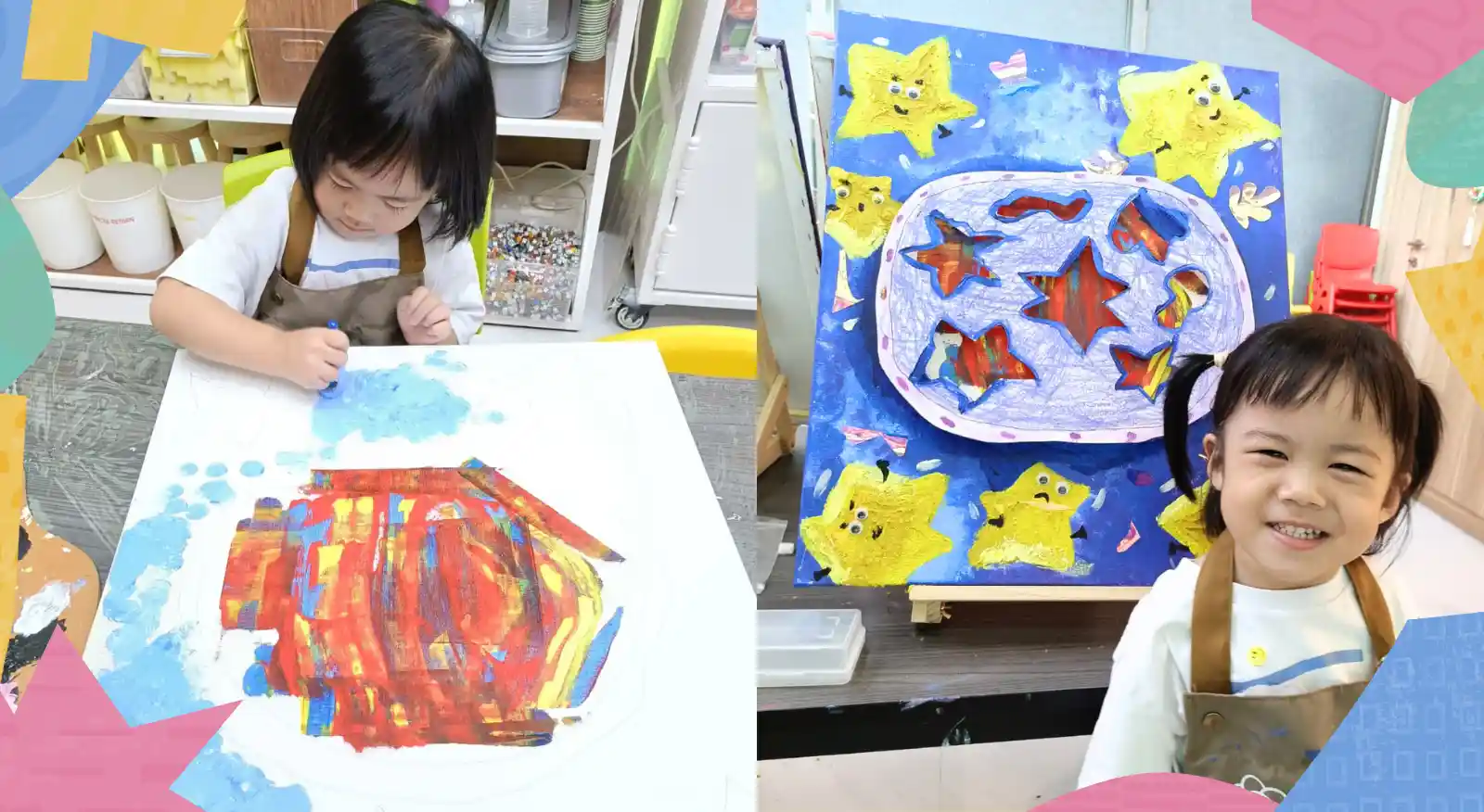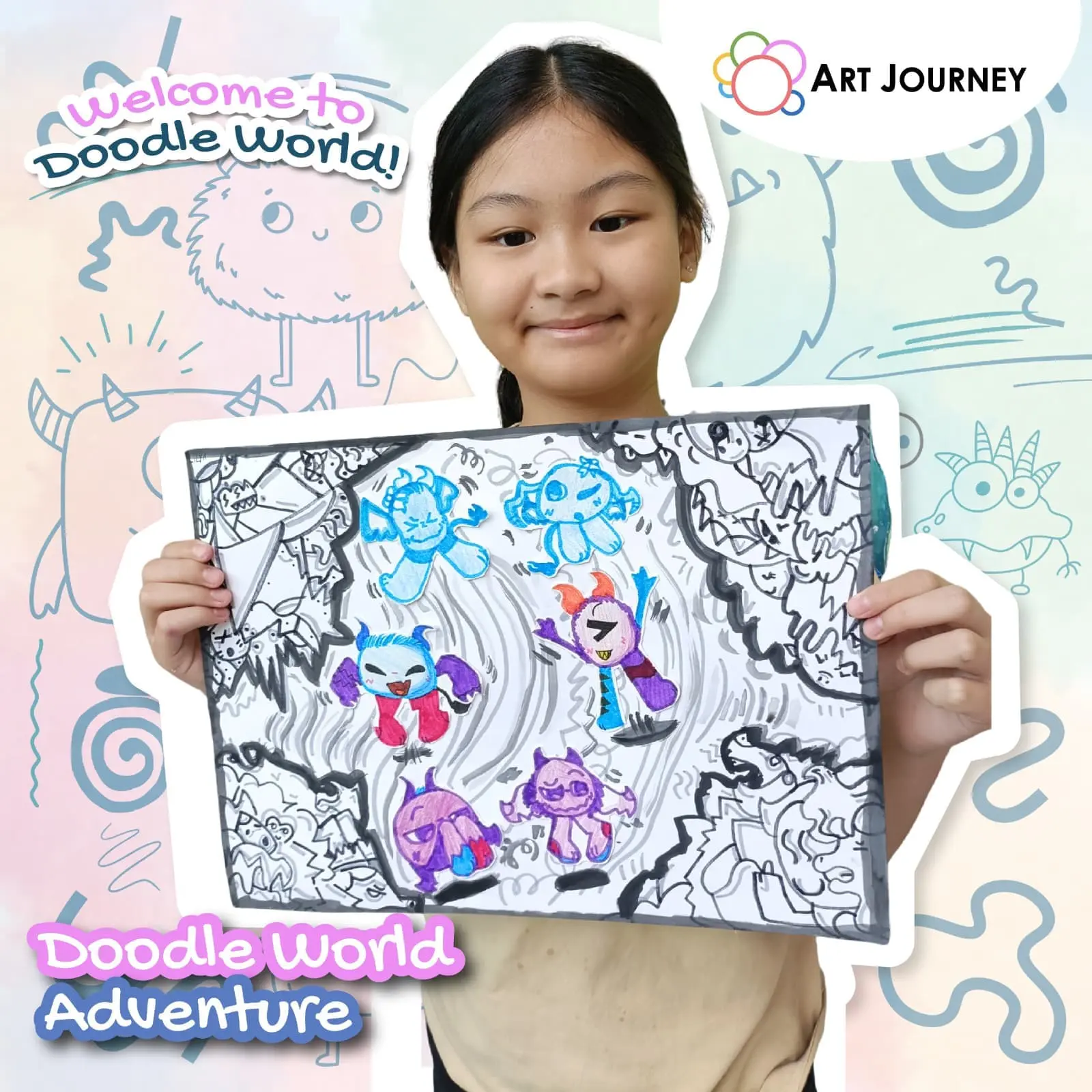
Building Emotional Intelligence Through Art Classes
Children today grow up in a fast-paced, high-pressure world where emotional awareness is just as important as academic success. Yet, traditional schooling often overlooks emotional intelligence (EQ)—the ability to understand, express, and manage feelings effectively.
This is where art classes shine. Beyond creativity, art nurtures empathy, patience, and emotional resilience—qualities that help children connect deeply with themselves and others.
Let’s explore how art classes help children develop emotional intelligence and why every parent should consider enrolling their child in one.
1. Art Encourages Children to Identify and Express Emotions
For young children, emotions can be complex and confusing. Through painting, drawing, or sculpting, they find ways to express feelings that words can’t capture.
A red storm of brushstrokes may represent anger; a bright rainbow might show joy.
Art gives kids a nonverbal language to communicate what’s inside, helping them make sense of their feelings in a safe and healthy way. This early emotional expression is the foundation of strong emotional intelligence.
2. Creating Art Promotes Self-Awareness
When children create, they make countless small decisions—what colors to use, what shapes to draw, and how to fix mistakes. These choices reflect their thoughts and personalities.
Through reflection (“Why did I draw it this way?” or “How does this picture make me feel?”), children gain self-awareness, one of the core pillars of EQ.
Art classes often include sharing sessions where kids talk about their work, reinforcing this valuable introspection.
3. Art Builds Empathy Through Shared Creativity
Group art activities teach children to appreciate different perspectives. When they see a classmate’s artwork, they understand that others may feel or think differently—and that’s okay.
This process develops empathy, another key component of emotional intelligence.
At Art Journey Singapore, collaborative projects and team-based workshops encourage children to work together, share materials, and respect diverse ideas—lessons that go far beyond art.
4. Art Helps Children Regulate Emotions
Art isn’t just expressive—it’s calming. Focusing on shapes, colors, and textures helps children regulate their emotions and manage stress.
When they feel upset or restless, art becomes a healthy outlet. The slow, repetitive motions of painting or coloring promote mindfulness, helping kids regain focus and emotional control.
Over time, children learn that creativity can be a powerful way to soothe and rebalance their emotions.
5. Art Builds Confidence and Self-Worth
Finishing an artwork gives children a deep sense of accomplishment. It shows them that their ideas have value and that they can turn imagination into something real.
This confidence in their creative ability strengthens self-esteem—a crucial part of emotional intelligence.
Even when the outcome isn’t perfect, the process teaches them that persistence and self-expression matter more than comparison or judgment.
6. Art Encourages Open Communication
Art classes often involve discussion—about technique, meaning, or inspiration. These conversations teach kids how to express opinions, listen to feedback, and accept differences gracefully.
Such open communication improves emotional maturity and helps children practice empathy and respect, especially in group settings.
7. Art Helps Kids Understand Others’ Emotions
When children create or view art about different experiences—such as happiness, friendship, or sadness—they begin to recognize emotional cues in others.
Art activities that involve interpreting expressions or storytelling through images help kids develop this emotional awareness naturally.
This understanding leads to better relationships with peers, teachers, and family members.
8. Art Inspires Resilience Through Mistakes
Every artist makes “mistakes.” But in art, errors often lead to creativity. When paint smudges or colors mix unexpectedly, kids learn to adapt and turn accidents into new ideas.
This process teaches emotional resilience—the ability to bounce back from disappointment and approach challenges with a positive mindset.
In the long run, resilience helps children handle life’s ups and downs calmly and confidently.
9. Art Provides a Safe Space for Emotional Exploration
In an art class, there’s no pressure to be perfect. Children can explore their feelings freely without fear of being judged or graded.
This safe, supportive environment allows them to experiment, reflect, and grow emotionally.
At Art Journey Singapore, instructors guide children gently, encouraging both creativity and emotional development through structured yet flexible art sessions.
10. Art Connects Emotional Growth with Real-Life Skills
The emotional lessons learned through art—like patience, focus, empathy, and self-expression—don’t stay in the studio.
Children carry these skills into classrooms, friendships, and family life. They learn to express needs respectfully, manage frustration better, and celebrate others’ successes with kindness.
In essence, art lays the groundwork for emotionally intelligent, well-rounded individuals.
Art Journey Singapore: Nurturing Heart and Creativity Together
At Art Journey Singapore, every session is designed to do more than teach art—it builds emotional awareness, resilience, and connection.
Children engage in hands-on activities that encourage reflection, teamwork, and empathy, guided by caring instructors who understand that emotional growth is just as vital as artistic skill.
Whether your child is shy, expressive, or simply curious, art classes at Art Journey offer the perfect balance of creativity and emotional learning.
FAQs: Emotional Intelligence Through Art
- Can art really help improve my child’s attention span?
Yes. Art encourages kids to focus on one activity for extended periods, gradually increasing their ability to concentrate on tasks in school and daily life. - What types of art activities are best for building patience?
Projects like painting, mosaics, or clay modeling — which require multiple steps and drying time — help children learn the value of patience and persistence. - How often should my child attend art classes to see improvement?
A weekly class is ideal. Consistency helps children develop stronger habits of focus and self-discipline over time. - My child is very active and gets bored easily. Will art classes help?
Yes! Art can be very engaging for active children. The hands-on activities and colorful materials channel their energy into calm, creative concentration. - Can shy or anxious kids benefit from art too?
Definitely. Art provides a peaceful outlet for self-expression, helping shy children build confidence and emotional control in a non-competitive environment. - Are the art instructors trained to handle kids who struggle to focus?
Studios like Art Journey have experienced instructors who use interactive techniques to keep children engaged, making learning both fun and meaningful.






